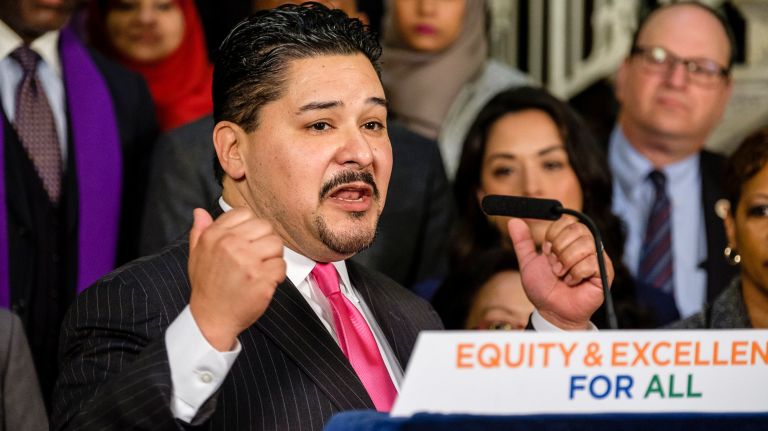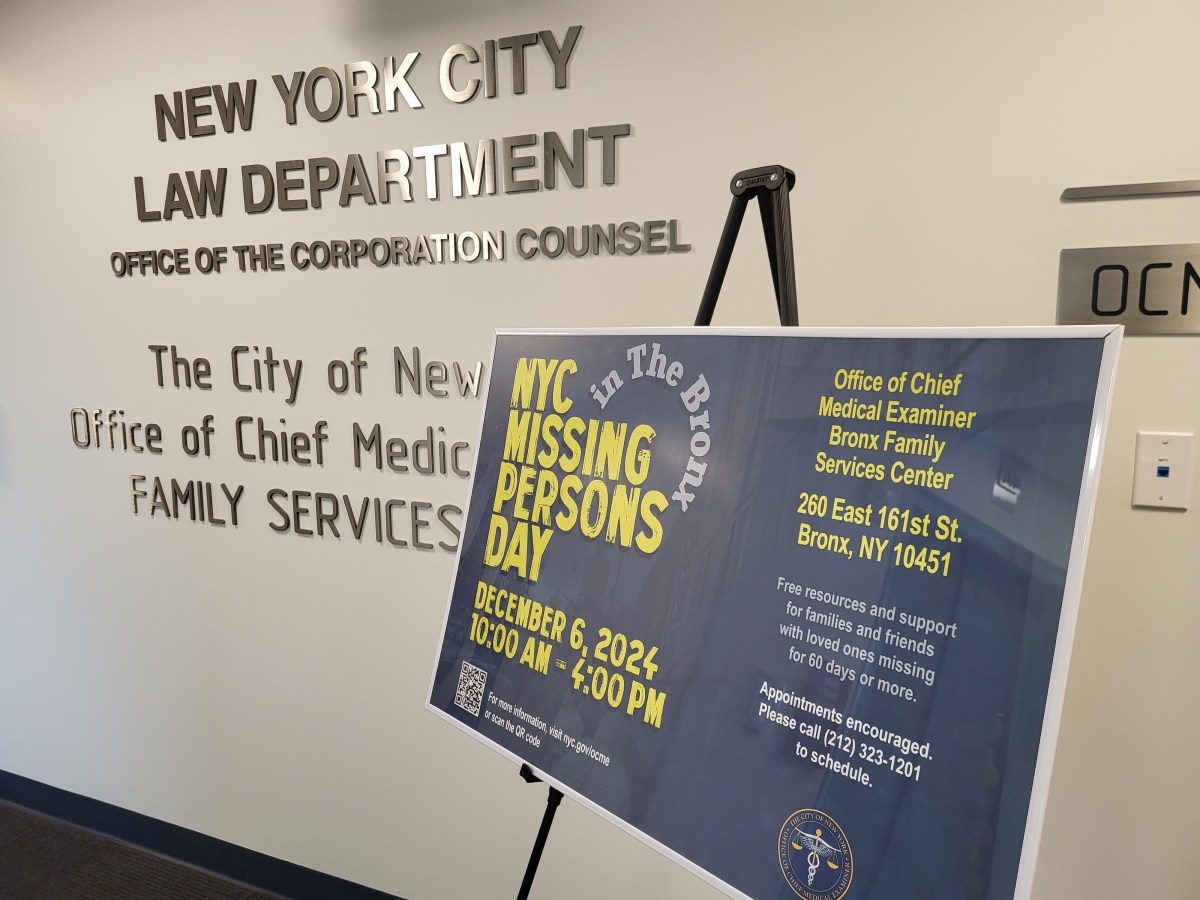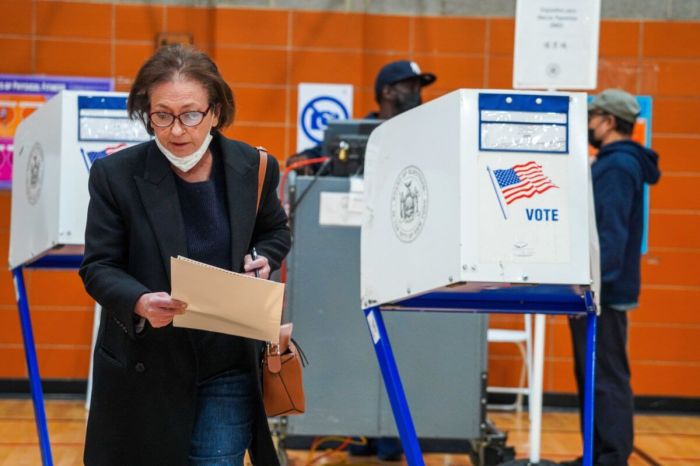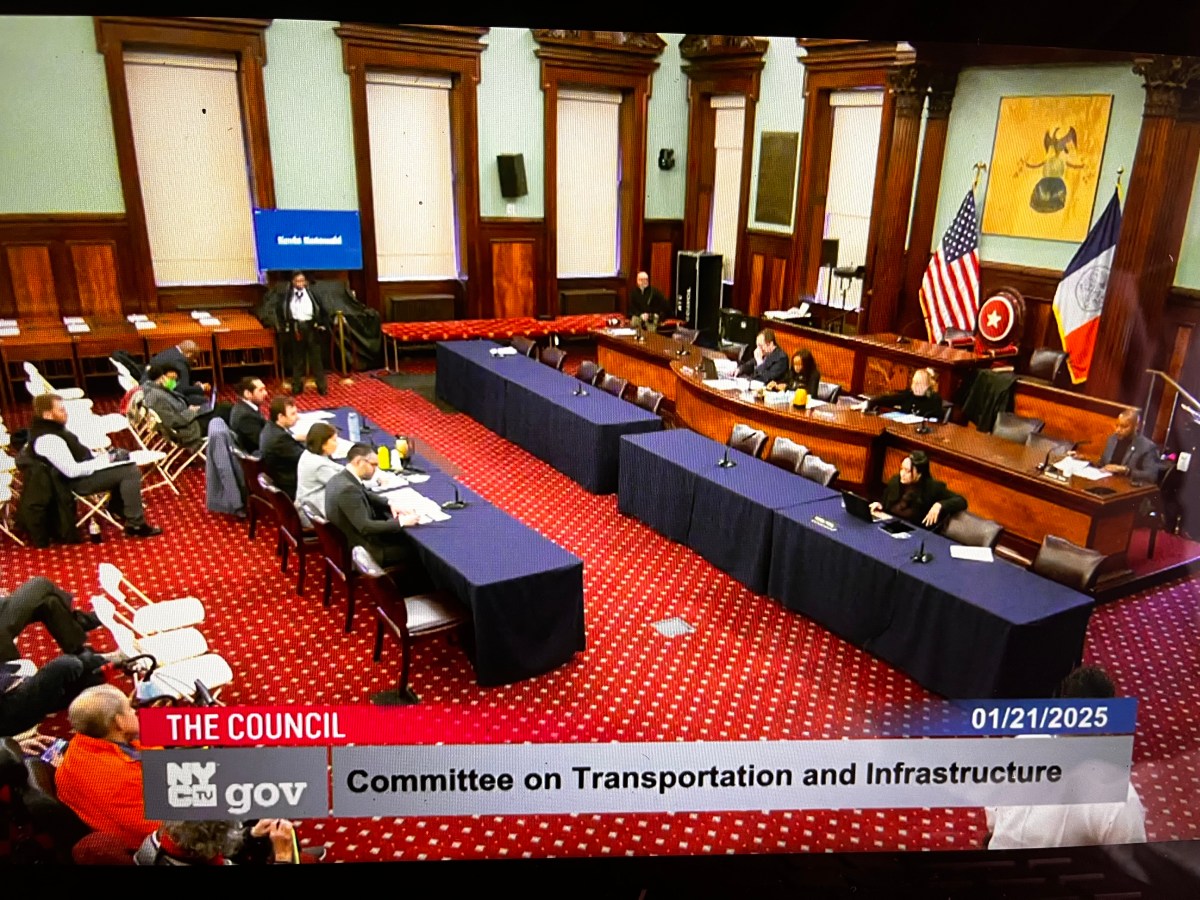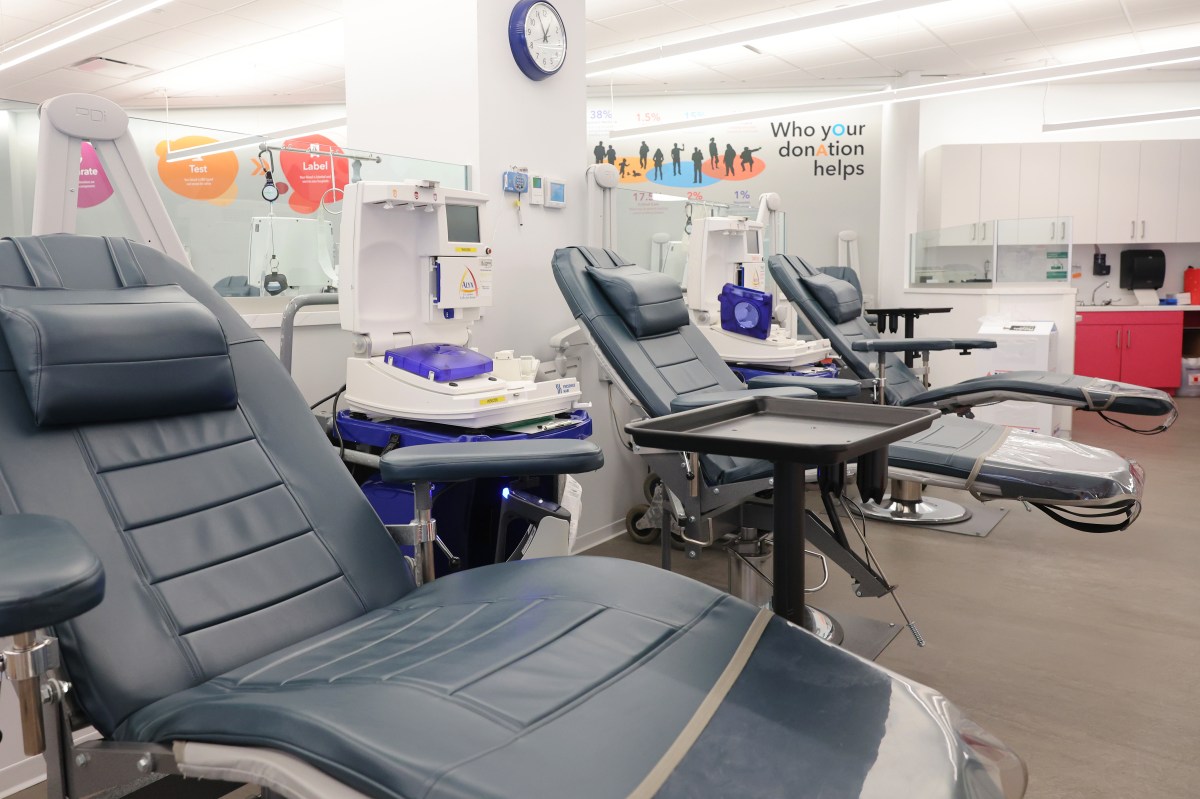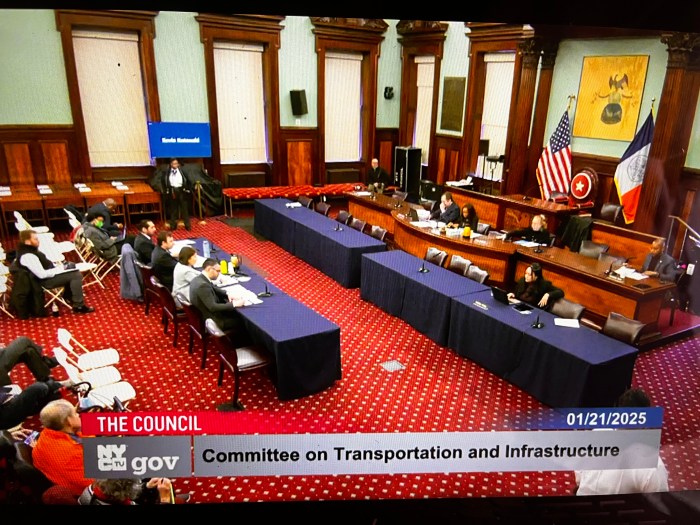The latest city Department of Education data regarding program services for special needs children has alarmed education advocates, but the agency insists its working to close the gap.
With 84.3 percent getting the full range of instruction, up from 78.4 percent in 2017-18, the DOE summed this improvement up to greater investment from the city which expanded programs and brought more staff on board.
Only 59.2 percent of students were getting a full range of instruction in 2015, according to the DOE.
But Advocates for Children of New York is calling for the DOE to break down the recent report by district, as opposed to citywide, in order for parents to understand how the figures affect their children.
“New York City continues to fall short when it comes to educating its students with disabilities. While the percentage of City students fully receiving their recommended special education instruction continued to trend in the right direction in 2018-19, we are nevertheless dismayed that more than 15 percent of students with disabilities—a total 28,960 children, more than the total enrollment of the Yonkers public schools—still did not fully receive the instruction to which they are legally entitled,” said Kim Sweet, Executive Director of AFC.
After a $33 million citywide investment in special education, the DOE said it is making strides by hiring more staff and expanding programs.
The agency claims that since 2013, 3,800 new special education teachers, 1,000 speech therapists and 700 occupational therapists have been hired.
Since then, the DOE says in has increased graduation rates for students with disabilities and decreased the dropout rate.
“Every student deserves a school setting that is inclusive, supportive, and meets their needs, and we’re working towards that by hiring more staff and strengthening our programs,” Carranza said in a statement. “We’re making progress and seeing results, but there’s work to do and we are taking a comprehensive approach to ensure our students with disabilities have the services they need to thrive in our classrooms.”
In order to keep the pace of improvement, the DOE plans to release a Request for Proposal (RFP) and Proof of Concept (POC) to vendors to modernize and overhaul the special education system currently in place by the end of the year.
There is also a new dashboard from the DOE that will help superintendents and executive superintendents see where resources are needed most at the district level.



